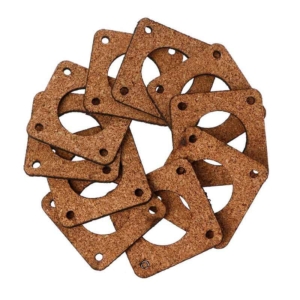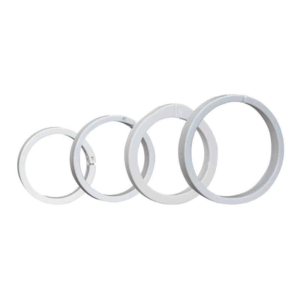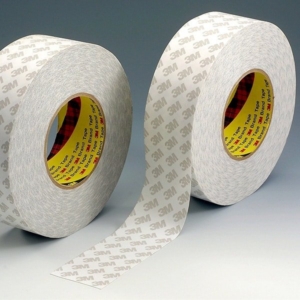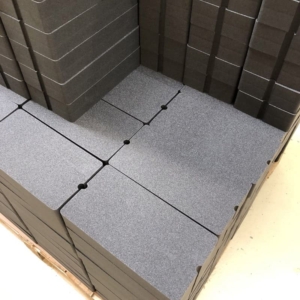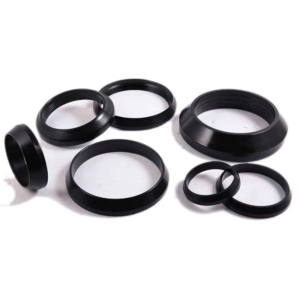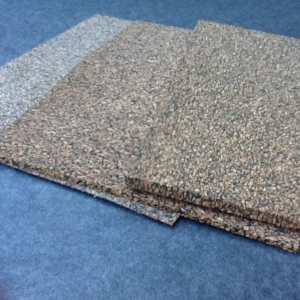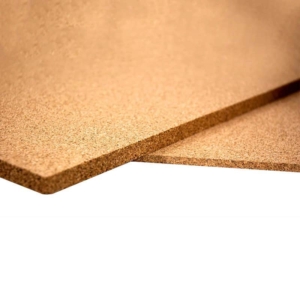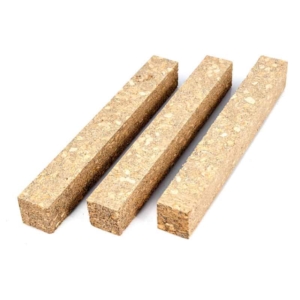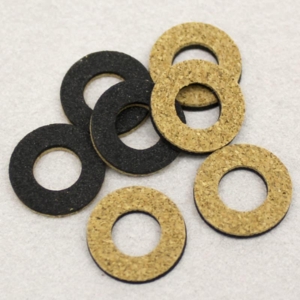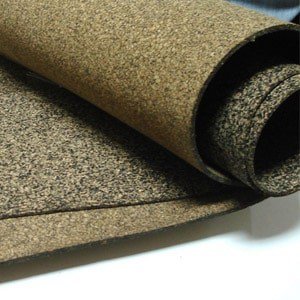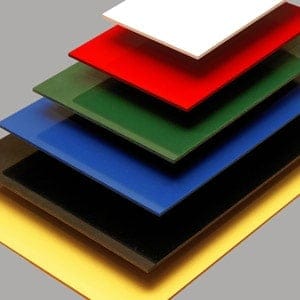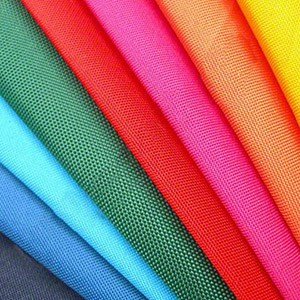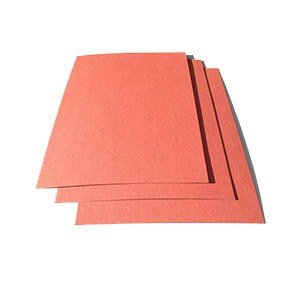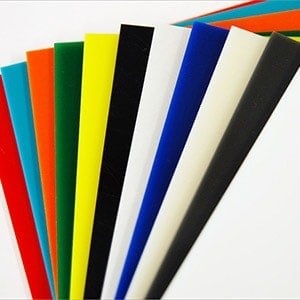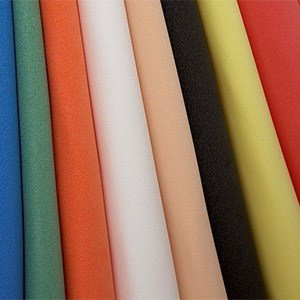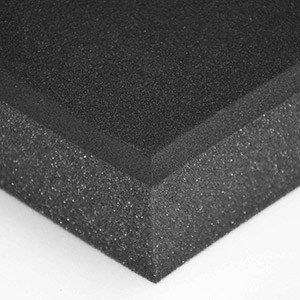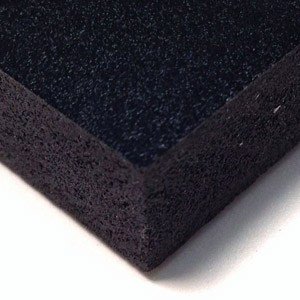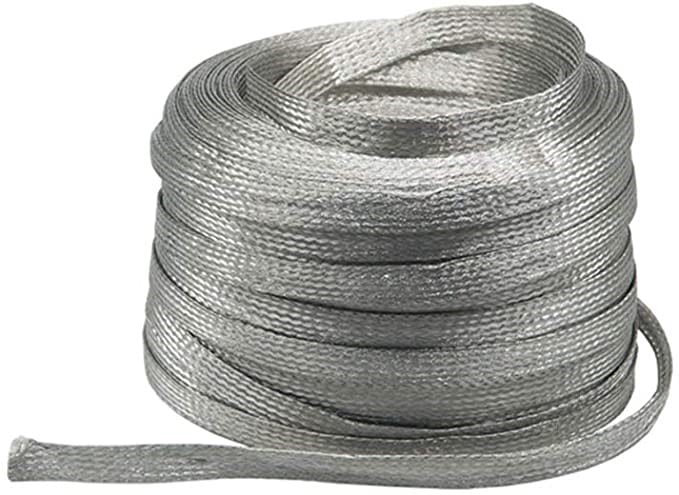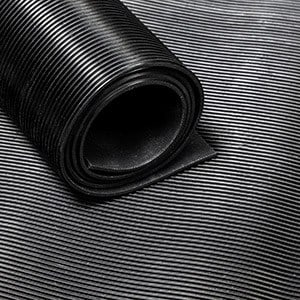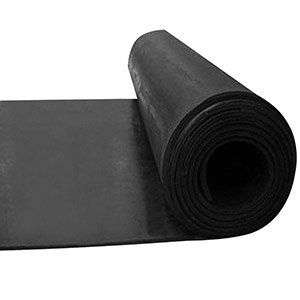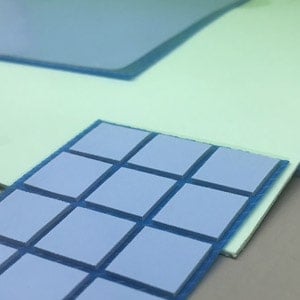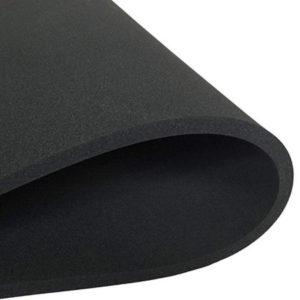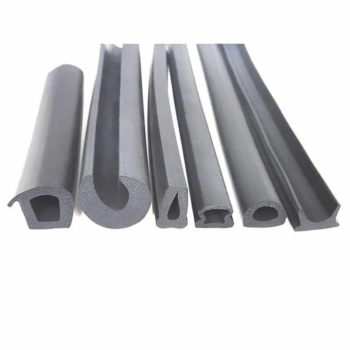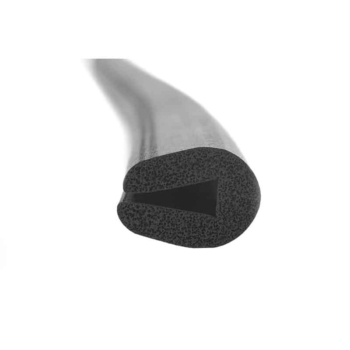Sponge Rubber
Sponge Rubber Extrusion
Advanced Seals & Gaskets not only offer an excellent in-house cutting service but can also supply sponge rubber in a range of extrusions, from simple cord to complex multi-cavity profiles, designed to provide surface protection, sealing against dust, air, gas and liquids or as buffers and edge trims for an aesthetic and visual benefit. All our sponge extrusions are made to order and are produced using a combination of samples or drawings provided by customers, from which a tool or ‘die’ is made, usually, a sample is produced and supplied for approval which helps our customer to ensure the final product will perfectly fit the application.
What Are Sponge Rubber Extrusions?
‘Extrusion’ is the process of turning raw sponge material into a specific usable shape, using an extruder machine that works using high pressure and a die (tool). This machine pushes raw material through the die creating the finished extruded sponge rubber profile, in continuous lengths, with a consistent cross-sectional shape as per the customer’s design running throughout. Extrusions can be made as ‘solid’ shapes such as cord, or ‘hollow’ where a hole, usually in the centre runs through the entire length of the extrusion just leaving the outer wall. Some of the most commonly used extrusions are D-sections, P-sections, door seals, window seals, U-channels and cords, many of which can be supplied with a self-adhesive finish.
Why Use Sponge Rubber Extrusions?
Sponge rubber extrusions are usually bespoke products made to order, taking countless different forms and found used within many applications for sealing against air, gas and liquid, cushioning against vibrations & rattles and as surface protection. Extrusions are perfect for applications where off the shelf seals and gaskets will not fit and a bespoke profile or shape is required, it is also the quickest and simplest way to create lengths of identical products even when manufactured in bulk. Different types of sponge rubber materials have their own unique set of characteristics and properties for use in various applications, some are suitable for outdoor use, others have oil resistance or are flame retardant. Sponge rubber extrusions are an important part found in many industries such as electrical automotive, aerospace, building & construction and food/drink/pharmaceutical processing industries.
Different Grades
Grades of sponge rubber from which extrusions can be manufactured include:
EPDM sponge rubber is a high-quality material with excellent weathering, UV and ozone resistance, making it ideal for outdoor seating. EPDM sponge rubber extrusions offer a wide operating temperature range, acoustic, thermal and vibration dampening properties and also good mechanical strength and abrasion-resistant properties.
Neoprene sponge rubber is a versatile material, featuring good resilience and resistance to UV and ozone. It has a working temperature range of -40ºc to +115ºc, good chemical stability, and good general resistance to oils and petroleum-based fuels.
Silicone sponge is a resilient material with high-temperature stability, chemically inert and waterproof. Silicone sponge is a closed-cell, available in a range of densities (firmness) it has a number of features that make it suitable for outdoor sealing including Ozone, UV resistance and temperature flexibility.
Benefits of Sponge Rubber Extrusions
Depending on the type and grade of sponge rubber taken, the material will offer a whole host of properties and benefits, some of which include:
- Sound/vibration Suppression
- Thermal Properties
- Bonded with other materials based on application
- Oil, chemical, acid, fuel resistance
- resistance to UV, Ozone, weathering and ageing
- Wide working temperature range
- Popular for internal, external applications
- Wide operating temperature range
- Variety of grades and densities
- Impermeable to water, dust, air and gases
- Extrusions create bulk quantities of identical products
- Available in Food Safe and flame retardant grades
